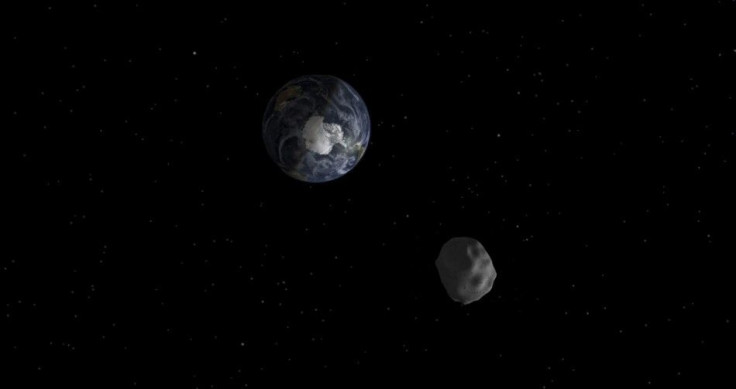100x Declaration Unites Various Sectors on Asteroid Awareness

A declaration demanding urgent action has been signed by around a hundred space scientists, business leaders and artists, including famous astrophysicist Brian May and UK Astronomer Royal Lord Martin Rees. Evolutionary biologist Richard Dawkins and physicist Brian Cox have also joined the petition. The 100x Declaration calls for intensified tracking and discovery of near-Earth asteroids using the available technology. The solar system is filled with millions of asteroids which are like to strike Earth, but so far, only 10,000 have been discovered. As of June 2014, 11,052 near-earth asteroids, ranging in size from 1 metre up to 32 kilometres, have been identified by NASA.
To increase awareness on the devastating impact of asteroid strikes, petitioners also request that an Asteroid Day be observed on June 30. One hundred six years ago, around 800 square miles of forest in Tunguska, Siberia, was shattered by an asteroid strike on that date. The same impact could ruin an entire metropolitan. Asteroid Day 2015 is being organised by independent organisations and individuals. The event would focus on activities presenting solutions that will protect all of humanity from future asteroid impacts.
Rees says, "The ancients were correct in their belief that the heavens and the motion of astronomical bodies affect life on Earth just not in the way they imagined. Sometimes those heavenly bodies run into Earth. This is why we must make it our mission to find asteroids before they find us."
Astronomy Magazine is encouraging members of the public to go to asteroidday.org to sign up and become a founding member of Asteroid Day. Other co-founders of Asteroid Day include The Planetary Society, Astronomy magazine, the Association of Space Explorers, the California Academy of Sciences, Seattle's Museum of Flight, the Sentinel Mission, and Starmus.
Meanwhile, the National Aeronautics and Space Administration (NASA), endeavours to improve its current work in the identification and classification of near-Earth objects for further scientific exploration. Tracking down potentially dangerous asteroids and classifying those for deflection to a stable lunar path are some of the work highlights. The agency has 10 new projects and other related campaigns which offers opportunities for the public to partake in NASA's asteroid initiative. Through these, NASA can expand its efforts beyond conventional confines by encouraging partnerships and cooperation with various organizations and individuals.





















